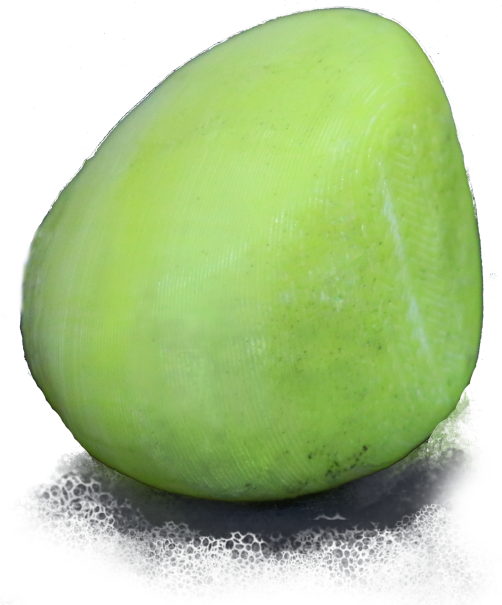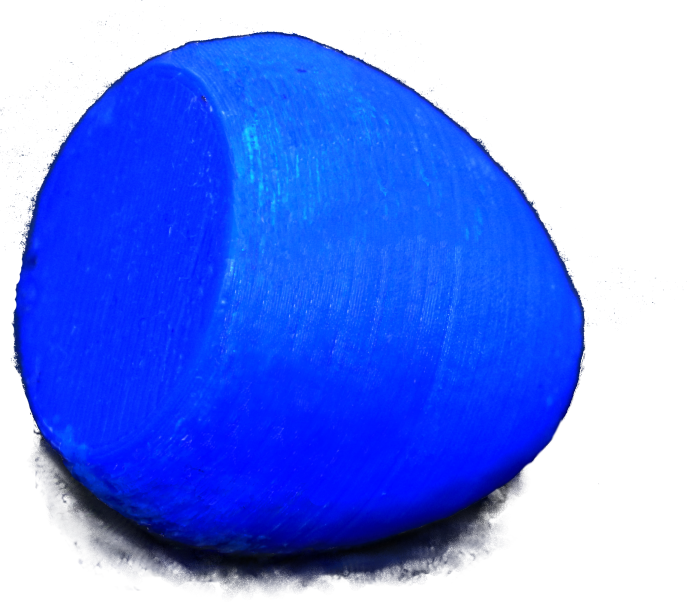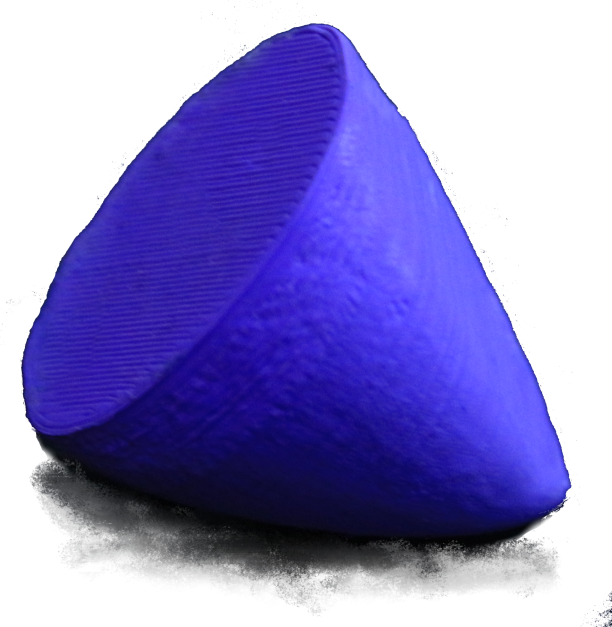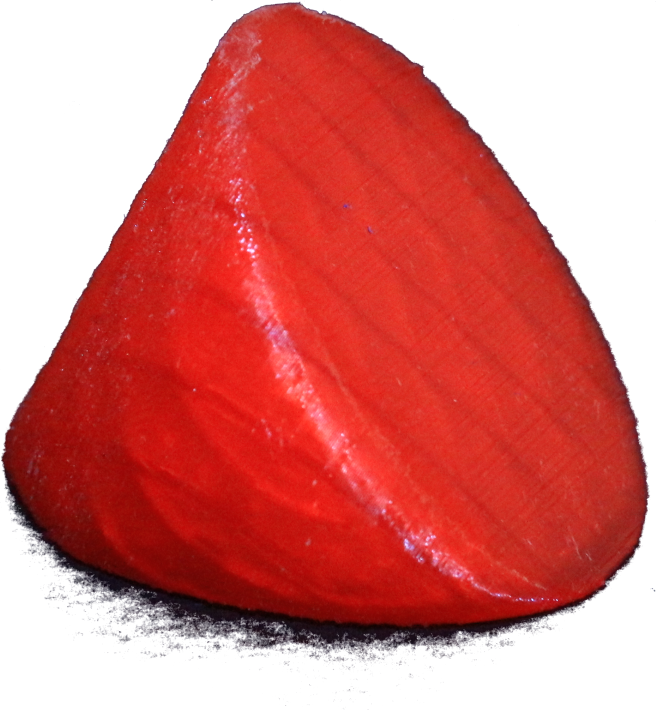Joint numerical range
Definition
Consider $k$ Hermitian matrices $A_1,\ldots,A_k$ of dimension $d d$. Their joint numerical range (JNR)$L(A_1,,A_k)$ is defined as $L(A_1,\ldots,A_k) = \left\{ \left( \Tr \rho A_1,\ldots, \Tr \rho A_k \right): \rho \in \Omega_d \right\}.$ Due to taking all mixed states the joint numerical range is a convex body in a $k$-dimensional space. More information about convexity of joint numerical range we can find in [1].
Kippenhahn Theorem’s for joint numerical range
An algebraic curve has been associated with the numerical range and has been studied from the 1930s on [2]. Let $\1$ denote the $d\times d$ identity matrix, \[ p(x)=( x_0 \1 + x_1 A_1
-
- x_n A_n ), \] and consider the complex projective hypersurface \[ (p)=\{x^n p(x) = 0 \}. \] It was shown that the eigenvalues of $A_1+ A_2$ are the foci of the affine curve of real points \[ T=\{ y_1+y_2 y_1,y_2,(1:y_1:y_2) (p)^\}. \] Kippenhahn recognized the meaning of the convex hull of $T$.
Theorem
The numerical range of $A_1+\ii A_2$ is the convex hull of $T$, in other words, $W(A_1+\ii A_2)=\text{conv}(T)$.
Let we denote $T_i$ as the semi-algebraic set \[ T_i = \{ (y_1,,y_n) (n) (1:y_1::y_n)(X_i^)_ \}, i=1,,r \] and $(X^{}_i)_{\text{reg}}$ as the set of the regular points of the dual variety $X^$.
Theorem
The joint numerical range $W$ is the convex hull of the Euclidean closure of $T_1\cup\cdots\cup T_r$, in other words, $W = (T_1T_r)$.
Classification of JNRs
Two qutrit matrices
This classification comes from [3]. Consider two Hermitian matrices $A_1$ and $A_2$ of size $3 \times 3$. Then there are four possible shapes of the JNRs
-
An oval–object without any flat parts, the boundary is a sextic curve.
-
Object with one flat part, a convex hull of a quatric curve.
-
Convex hull of an ellipse and an outside point, which has two flat parts on the boundary.
-
A triangle (when $A_1$ and $A_2$ commute). This can be further degenerated.
Three qutrit matrices
This classification is taken from [4] (see for details). Such JNRs must obey the following rules
- In this case we may restrict ourselves to only pure states.
- Any flat part in the boundary is the image of the Bloch sphere - two-dimensional subspace of a the sapce of $3 \times 3$ Hermitian matrices without corner points for
all configurations of Figure 2. We are unaware of earli
- Two two-dimensional subspaces must share a common point, hence all flat parts are mutually connected.
- Convex geometry of a three-dimensional Euclidean space supports up to four mutually intersecting ellipses.
- If three ellipses are present in the boundary, the geometry does not allow for existence of any additional segment.
- If two segments are present in the boundary, there exist an infinite number o other segments.
All configurations permitted by these rules are realized. Let us denote by $e$ the number of ellipses in the boundary and by $s$ the number of segments. There exists object with [5]:
- no flat parts in boundary at all $e=0$, $s=0$,

- one segment in the boundary $e=0$, $s=1$,

- one ellipse in the boundary $e=1$, $s=0$,

- one ellipse and a segment $e=1$, $s=1$,

- two ellipses in the boundry $e=2$, $s=0$,
- two ellipses and a segment $e=2$, $s=1$,

- three ellipses $e=3$, $s=0$,

- four ellipses $e=4$, $s=0$,

Additionally in the qutrit case, if there exist of the JNR, the following configurations are possible:
- JNR is the convex hull of an ellipsoid and a point outside the ellipsoid, $e=0$, $s=\infty$,

- JNR is the convex hull of an ellipse and a point outside the affine hull of the ellipse, $e=1$, $s=\infty$,

Application
An example application of numerical range can be found in [6], [7], [2].
References
- [1]C.-K. Li, Y.-T. Poon, and Y.-S. Wang, “Joint numerical ranges and communtativity of matrices,” arXiv preprint arXiv:2002.02768, vol. 0, 2020, [Online]. Available at: https://arxiv.org/abs/2002.02768.
- [2]D. Plaumann, R. Sinn, and S. Weis, “Kippenhahn’s Theorem for joint numerical ranges and quantum states,” arXiv preprint arXiv:1907.04768, vol. 0, 2019, [Online]. Available at: https://arxiv.org/abs/1907.04768.
- [3]D. S. Keeler, L. Rodman, and I. M. Spitkovsky, “The numerical range of 3x3 matrices,” Linear Algebra and its Applications, vol. 252, no. 1-3, pp. 115–139, 1997, [Online]. Available at: https://dx.doi.org/10.1016/0024-3795(95)00674-5.
- [4]K. Szymański, S. Weis, and K. Życzkowski, “Classification of joint numerical ranges of three hermitian matrices of size three,” Linear Algebra and its Applications, vol. 0, 2017, [Online]. Available at: https://www.sciencedirect.com/science/article/pii/S0024379517306456.
- [5]J. Xie et al., “Observing geometry of quantum states in a three-level system,” arXiv preprint arXiv:1909.05463, vol. 0, 2019, [Online]. Available at: https://arxiv.org/abs/1909.05463.
- [6]K. J. Szymański and K. Życzkowski, “Geometric and algebraic origins of additive uncertainty relations,” Journal of Physics A: Mathematical and Theoretical, vol. 0, 2019, [Online]. Available at: https://iopscience.iop.org/article/10.1088/1751-8121/ab4543/meta.
- [7]J. Czartowski, K. Szymański, B. Gardas, Y. V. Fyodorov, and K. Życzkowski, “Separability gap and large-deviation entanglement criterion,” Physical Review A, vol. 100, no. 4, p. 042326, 2019, [Online]. Available at: https://journals.aps.org/pra/abstract/10.1103/PhysRevA.100.042326.